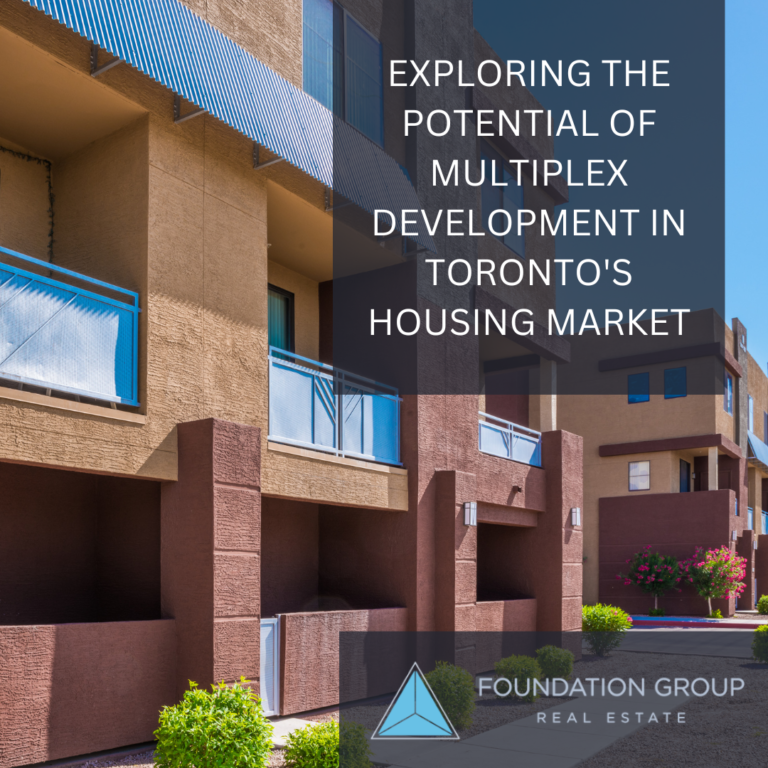
In May 2023, Toronto City Council made a pivotal move by amending zoning laws and policies to encourage housing development. This change was part of the broader 2023 Housing Action Plan aimed at fostering inclusive, sustainable communities throughout the city. However, despite the green light for these projects, the real estate industry faces challenges, including high borrowing costs, slow municipal adoption, and a lack of knowledge on how to fully benefit from these changes. With interest rates finally beginning to drop, there’s renewed optimism, and a critical question arises: have we found the missing middle?
What is the “Missing Middle”?
The concept of the “missing middle” refers to a gap in housing types between high-rise condos and single-family homes. Multiplex development could be the key to filling this void. Unlike large-scale developments, multiplexes are smaller multi-unit properties that are constructed more quickly and efficiently. With new zoning regulations in place, these projects are gaining traction as an effective solution to Toronto’s housing shortage.
Advantages for Homeowners and Landlords
For homeowners, multiplex development offers an opportunity to maximize the use of their property. As property taxes and living costs rise, many homeowners are looking for ways to generate extra income. Building a multiplex, such as a triplex, can provide additional rental units, creating a steady revenue stream. Moreover, it opens up possibilities for intergenerational living, allowing families to build separate units for elderly parents or adult children, all while staying close to home.
The Developer’s Advantage
For developers, the shift towards multiplex projects offers a unique opportunity in a market that has seen condominium development slow down. With Canada facing a housing deficit projected to reach 658,000 units by 2030, smaller-scale developments like multiplexes are becoming more critical than ever. Toronto’s new policies allow these developments in residential neighborhoods, opening up new possibilities for developers. The speed of construction, supported by streamlined permitting processes, makes multiplexes an appealing option for developers looking for quicker returns on investment.
Lending and Investment Opportunities
While larger financial institutions are cautious about funding smaller projects, multiplex development presents an opening for alternative lenders to step in. These lenders can support mid-sized developers, helping bring necessary housing to market. For investors, multiplexes are becoming a more accessible option, offering an affordable alternative to high-risk condo investments. With favorable tax structures and shorter development timelines, multiplex properties are emerging as a compelling investment strategy for 2025.
Conclusion
Multiplex development offers a promising solution to Toronto’s housing crisis. With the right mix of small- to mid-sized developers, lenders, and investors, this type of housing could help bridge the gap between high-rise condos and single-family homes, solving part of the city’s pressing housing needs.


